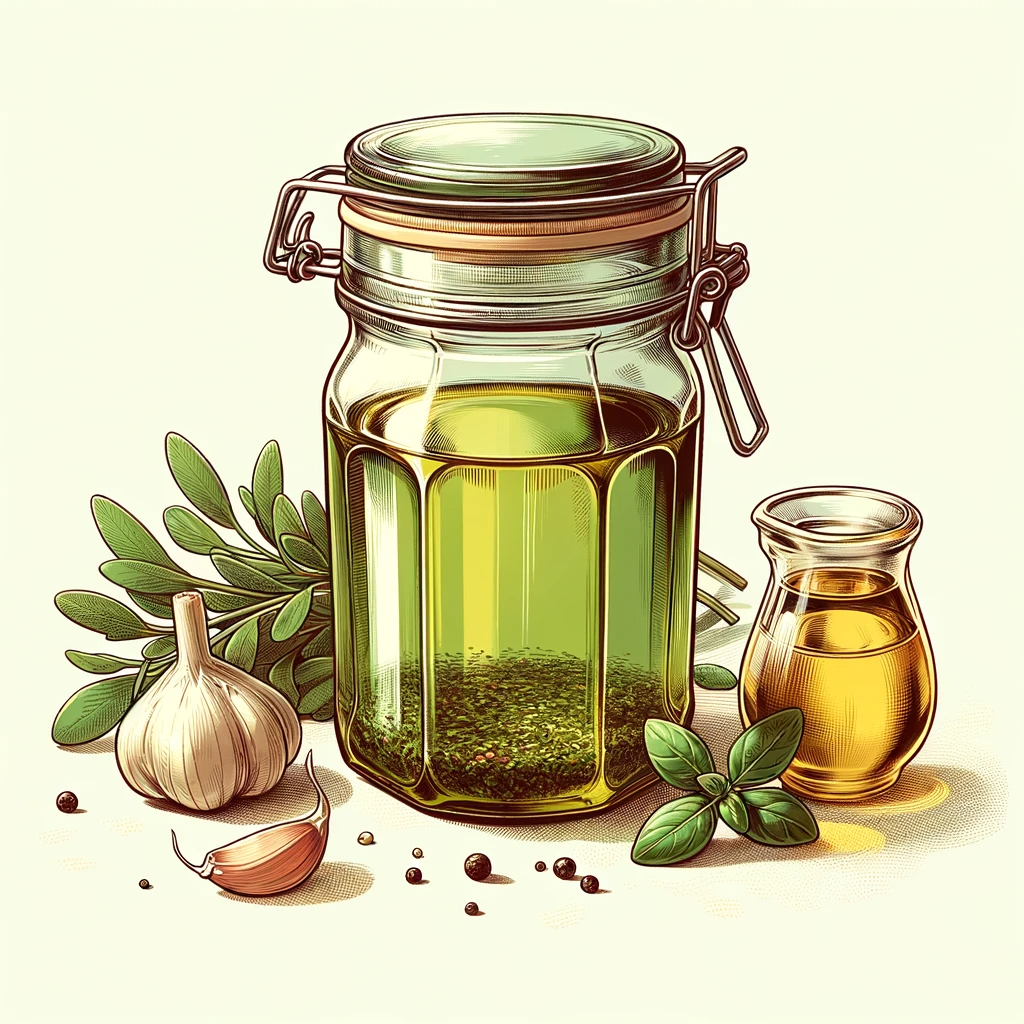Za’atar Oil in Neom
In Neom, where the future of urban living and culinary innovation coalesce, traditional flavors are reimagined in novel ways. Za’atar Oil is a perfect example of this, a blend that marries the herbaceous and tangy za’atar spice with the richness of olive oil. This simple yet profound concoction is transforming how traditional Middle Eastern flavors are perceived and used in the city’s vibrant culinary scene.
Ingredients:
- 30 ml (2 tbsp) za’atar
- 45 ml (3 tbsp) olive oil
Method:
- Mixing the Ingredients: In a small serving bowl, combine the za’atar and olive oil. Stir them together until well integrated.
- Storage and Use: If not using immediately, transfer the Za’atar Oil to an airtight container. It can be stored at room temperature for several weeks. Stir the oil before each use to recombine the ingredients.
In Neom, Za’atar Oil finds its place as a versatile culinary tool, a testament to the city’s innovative spirit in the kitchen. It’s used as a flavorful alternative to tomato sauce on pizzas, giving a twist to this global favorite. Drizzled over roasted chicken, or as an enhancement to mezze dishes like hummus or butter bean mash, Za’atar Oil adds depth and a burst of flavor that is distinctly Middle Eastern yet universally appealing.
The creation of Za’atar Oil in Neom symbolizes the city’s approach to food – a blend of tradition and modernity. It represents the city’s dedication to crafting unique, flavorful experiences that pay homage to traditional spices while embracing contemporary culinary trends. Za’atar Oil is not just an ingredient; it’s a representation of Neom’s culinary identity – rooted in tradition, yet always evolving.
What is Za’atar?
Za’atar is a popular spice blend from the Middle East. It is both a herb itself, related to thyme and oregano, and the name of a spice blend that includes the za’atar herb as a key component. The blend typically consists of dried za’atar leaves, mixed with other ingredients such as sumac, sesame seeds, and salt, though the exact composition can vary by region and personal preference.
The flavor of za’atar is tangy, herbal, and nutty. It’s used in a variety of culinary applications, such as a seasoning for meats and vegetables, a topping for flatbreads, or mixed with olive oil to create a dip for bread. Za’atar is also sometimes sprinkled on labneh (yogurt cheese) or hummus. It’s celebrated for its unique flavor and versatility in cooking.
Explore more information about Middle Eastern cooking here.
Also, for additional information about the culinary scene in NEOM visit NeomTaste.com or NeomPoint.com.

Leave a Reply